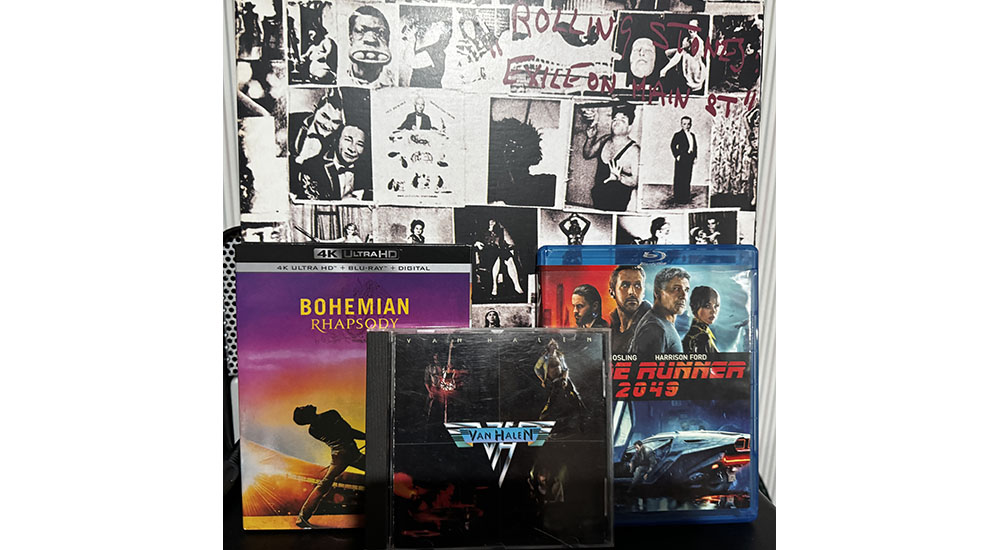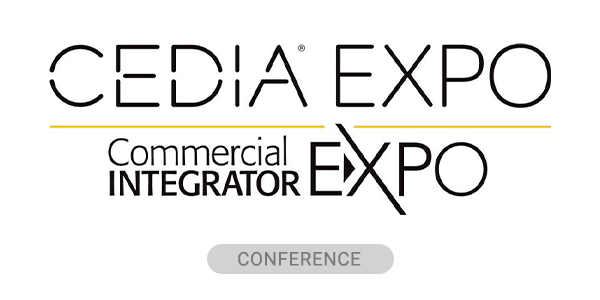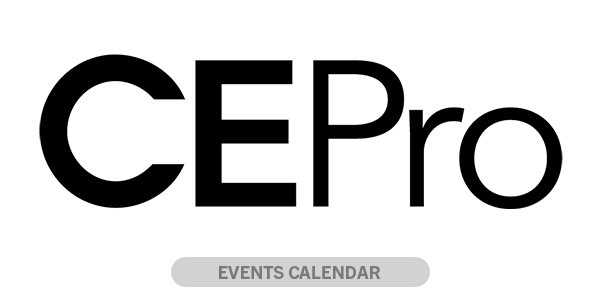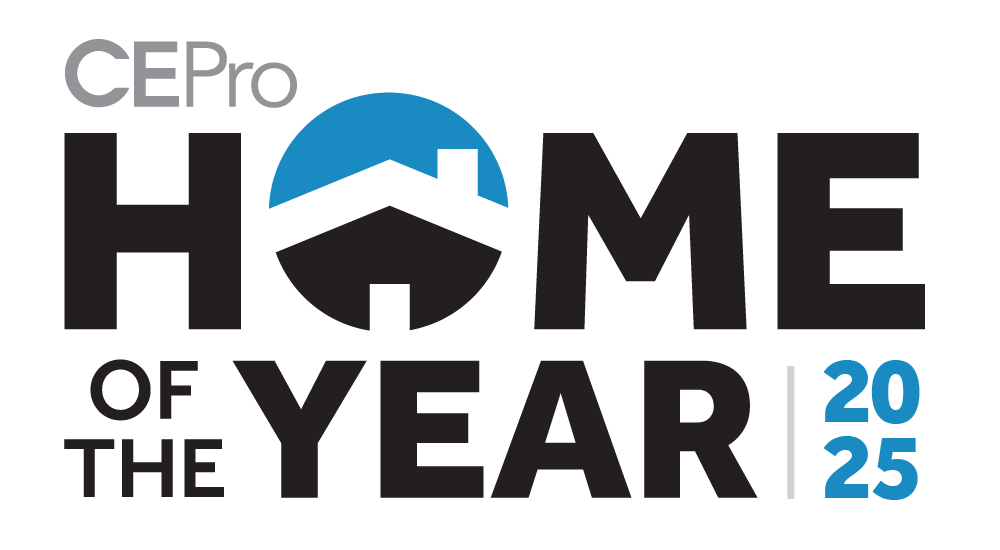Subscription fatigue is plaguing the market in 2025. With paid services becoming the norm in everything from media to meals, streaming platforms are one of the first costs that consumers are reevaluating. What’s marketed as a simple, cost-effective entertainment solution proves to be a fragmented, bloated mess with rising monthly costs, disappearing content, non-skippable ads and a seemingly endless ‘upgrade now’ push to access higher quality audio/video content with paid tiers.
Despite this tension, there’s a silver lining: That subscription frustration presents integrators with an opportunity to underscore the value of physical media for consumers. Reliability, superior quality and true ownership—these are qualities innate to physical media that streaming services can’t supply, and they’re all qualities that consumers want in their media today. As they say: what’s old is new again.
The Hidden Cost of Convenience in Digital Media
There’s no denying the convenience of streaming. It’s accessible anytime, anywhere, with just a couple of clicks. But that convenience comes with an unknown cost to the user. Streaming content often sacrifices quality and control: Video and audio are compressed, bitrates are limited, and availability can vanish overnight due to shifting licensing deals. And, if your internet connection falters, so does your experience.
The convenience of a drive-thru can’t be ignored, but it pales in every way when compared to the premium experience to be had at the best steak house in town. Which experience do you want your clients to have?
In contrast, physical media offers a premium, high-performance alternative with lossless video and audio, predictable access, and complete ownership. It gives your clients an option that actually delivers what their home entertainment systems were designed for: a reference-quality experience.
Premium Playback Is What Sets Physical Media Apart
Physical media is enjoying quite the resurgence among audiophiles, collectors and anyone who’s tired of streaming shortcomings. With the right media player, Blu-ray and UHD 4K discs, and locally stored files offer a level of picture and sound that most streaming services don’t even come close to matching.
What separates a standard disc player from a high-end media player? It’s what happens under the hood.
From precision clocks that reduce jitter to premium capacitors and shielding that minimize noise and distortion, premium media players let physical media content shine. Add Dolby Vision, HDR10+, and full support for lossless audio formats, and what you get is a level of performance that doesn’t just meet expectations—it sets the bar streaming experiences can’t deliver.
When you’re working with high-end equipment, compressed content just doesn’t cut it. The system is only as good as its source, and discerning clients will notice if their investment is being made underutilized. The quality of home entertainment experience is what sets physical media apart from streaming, and a big part of what keeps the physical media market thriving.
Explaining the Value of Physical Media to Clients
Here’s where you, the integrator, come in. The opportunity to introduce up-and-coming AV enthusiasts, who may not have explored outside of streaming, to the world of physical media is huge. Take the time to learn what your customer’s AV preferences are and evaluate their current set-up to identify potential gaps.
Ask them what content matters most to them and whether they’d like to experience their favorites with the highest possible quality, with zero reliance on bandwidth or subscription changes. Then show them what’s possible with a high-end media player—some of them might not know what they’re missing out on.
Don’t overlook your clients that already have a media player and large physical media libraries either. Due to recent changes in the media player market, many are likely to be on the lookout for a more current, higher quality replacement to their current solution. A simple upgrade can take their home entertainment experience to the next level, especially with a premium utility player that supports an array of formats and sources in addition to discs.
When integrators introduce clients to physical media, you’re not just offering a nostalgic throwback, you’re offering an upgrade and a way to unlock the full potential of the AV systems they’ve already invested in. For clients who’ve never experienced true uncompressed audio and video, it’s often an eye-opener.
For those who’ve built collections over the years, it’s a chance to elevate playback quality and re-engage with content they already love. Either way, it’s a conversation worth having and one that adds tangible value to your services as an integrator.
In Summary
At the end of the day, this isn’t a war against streaming. It’s about giving clients a better, more reliable option alongside it. Streaming media has its place, but for those who care about quality, control, and ownership, physical media delivered through a high-performance media player delivers better value.
And for integrators, it’s not just a niche—it’s a differentiator. Physical media can set you apart in a world where everyone else is just following the stream. Go ahead, ask your clients about their physical media collection and how they access it. You’ll be surprised at the opportunity that awaits you.
Rob Jones is president of Magnetar North America.







